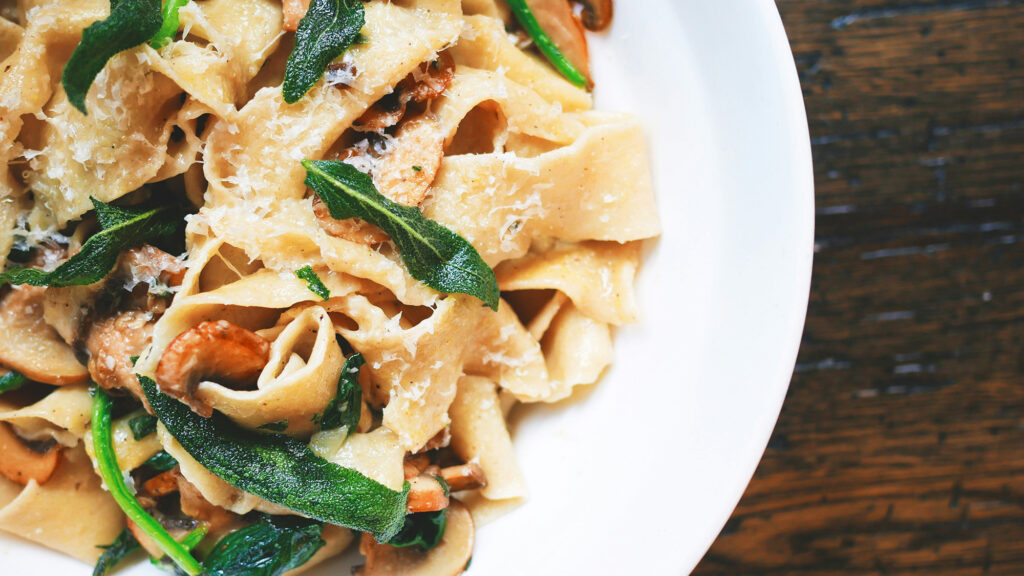Chapati and Sabzi is a staple food in many parts of the world, including India. Chapati is rich in fibre and simple carbs. On the other hand, Sabzi is a good combination of protein, vitamins, and minerals. Consuming chapati alone can lead to a rapid spike in blood sugar levels. This spike can lead to hyperglycemia. What’s more, vegetables in Sabzi can lose their fibre content when cooked. This can lead to quicker absorption of carbs from the Sabzi, leading to a glucose spike.
Chapati-sabzi 101: A guide to healthy blood sugar!
• Consider choosing whole wheat chapati instead of refined flour (maida) chapati. It has a lower glycemic index and slower digestion. This leads to a slower rise in blood sugar levels.
• You can also opt for alternative flours like almond flour and coconut flour for your rotis.
• You can include a source of cooked protein like lentils, soya chunks, paneer, or chicken. This slows down the absorption of glucose into the blood.
• Try to avoid starchy vegetables like potatoes, carrots, and beets. They can cause a spike in blood sugar levels.
With the right optimisation measures, Chapati Sabzi can be a great meal. Fibre in chapati promotes the growth of healthy gut bacteria. Protein and vitamins in Sabzi help control glucose absorption into the blood. This can help reduce inflammation and improve overall health. Thus, preparing this meal with the right ingredients can help stabilise your glucose levels.







